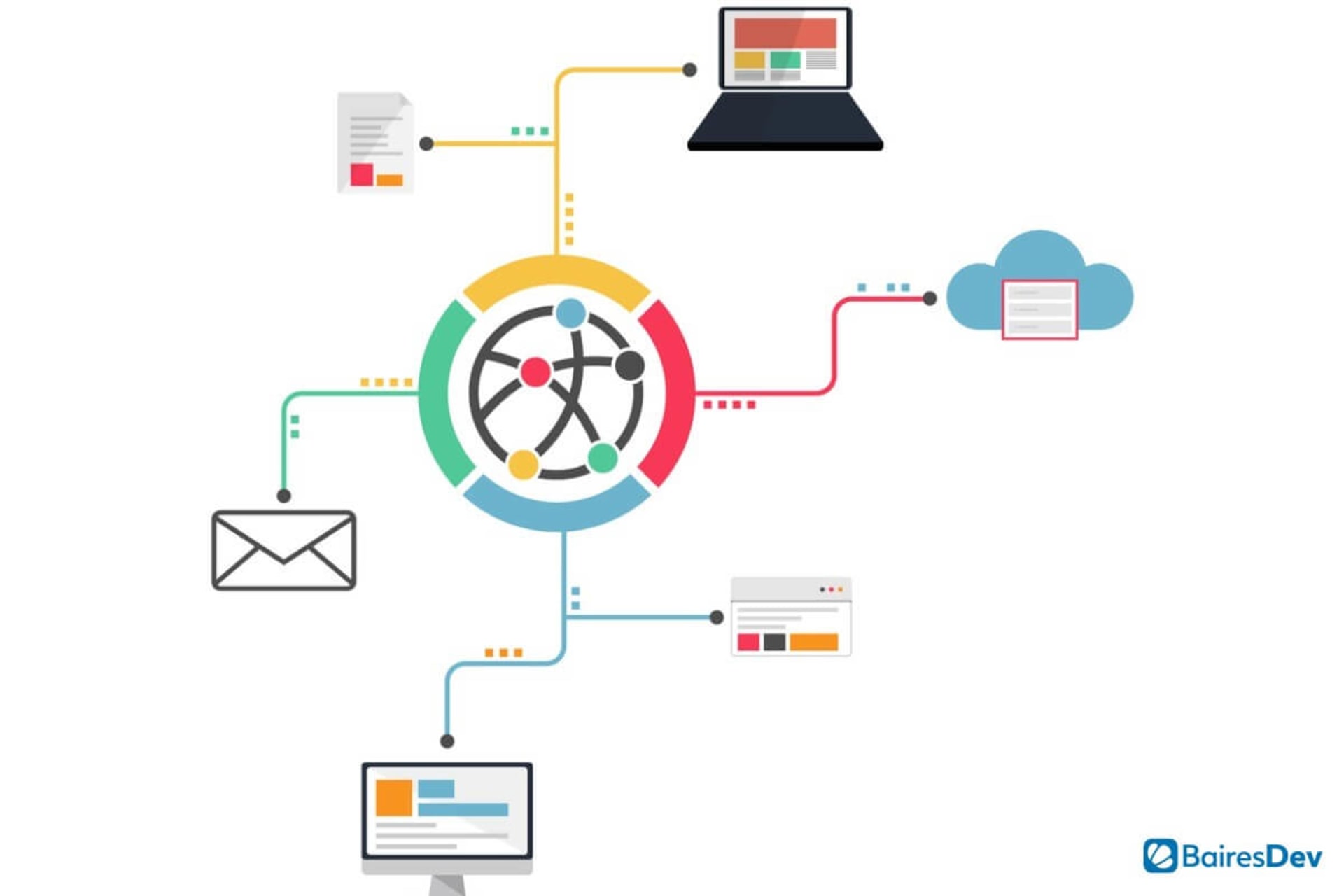Software as a Service (SaaS) has been growing in popularity, both as a way for companies to access software and as a way for providers to offer it. For example, Microsoft Office allows businesses to use the suite’s programs in the cloud based on a pay-as-you-go model. This approach saves companies from having to buy multiple licenses or purchase upgrades, all of which is included in the monthly fee.
Now other services, products, and tools are being offered in a similar way. For example, Infrastructure as a Service (IaaS) provides servers, storage, and networking, Platform as a Service (PaaS) provides those elements plus middleware and operating system. As with SaaS, these services offer the ability to run computer applications with less hassle and more predictability.
The following video explains the differences between IaaS, PaaS, and SaaS:
Because so many services can be offered as subscriptions, another acronym has emerged: XaaS, which means Everything as a Service, sometimes referred to as Anything as a Service. Though this model offers many benefits, using it as part of your business operations may or may not be appropriate. Here we explore the benefits and drawbacks of XaaS, as well as questions for consideration, so you can determine whether this approach is right for your company.
XaaS Examples
Other XaaS types include Hardware as a Service (HaaS) in which providers own hardware that they install on customer sites, Communication as a Service (CaaS) in which providers offer phone, messaging, and video conferencing solutions, and Security as a Service (SECaaS) in which the provider delivers anti-virus software, encryption, authentication, intrusion detection, and more.
Another example of the XaaS model is Energy as a Service (EaaS). Companies take advantage of providers that manage and optimize a company’s energy usage by finding appropriate sources. They are also responsible for the overall cost. This arrangement reduces the need for CAPEX spending to accommodate specific energy requirements and creates predictable OPEX payments.
Companies that want to manage their energy use but don’t have the bandwidth to spare on this task can leave the responsibility to an expert, enabling their team to focus on core competencies. Such an arrangement could be particularly helpful for companies, organizations, or agencies with multiple or complex locations.
Benefits of XaaS
We’ve already mentioned some of the benefits of XaaS, including a consistent payment structure and the elimination of updates and maintenance. Here are some more:
-
- Scalability. Using the EaaS example mentioned above, say a company wants to add a new location to the one it already has. For an increase in the monthly fee, it can extend the EaaS to the new facility, leaving that part of operations up to professionals with a keen understanding of the specific requirements. The same can be said for every other XaaS out there.
- Flexibility. Companies can ramp up or ramp down specific XaaS and add new ones as market conditions demand. This ability is in contrast to previous times when taking on a new service may have meant purchasing multiple software packages, upgrading networks, and even buying new hardware.
- Cost savings. Again, using the EaaS example, a company that pays a monthly fee for this service may end up spending less than they would if they sought out individual providers.
-
- More time for what’s important. Companies that take advantage of the XaaS model offload responsibilities that aren’t core to their business, leaving team members more time to tackle those core activities. They include critical R&D, process refinement, and customer care — that is, the things that improve efficiency and boost revenue.
- Improved quality of services. Because experts operate these services, they are of a higher quality than if less knowledgeable team members were to manage them.
- Better customer care. Given these benefits, companies that use XaaS are able to focus on what’s really important: listening to customers, improving products and services to match their needs, and offering attentive customer care.
Disadvantages of XaaS
While companies do gain many benefits from using XaaS, they also find some disadvantages, primarily related to security concerns. Additionally, when services are available only online and internet service is disrupted, users may not be able to gain access.
Also, the quality of service may be denigrated as these services gain popularity and more people use them. Apps running in virtualized environments can face integration issues. And customers give up the control they have if something goes wrong. Instead, they must depend on their service provider to fix problems promptly.
Transition ROI
One thing companies considering the use of XaaS should think about is what it will take to transition from their current system to the XaaS. While the end result may be an improvement, a period of disruption is likely to ensue before that happens. Companies looking to make this kind of decision should assemble a team consisting of company leaders, IT professionals, and representatives from other departments.
Some questions to explore before making the transition include:
- How long will it take to make the transition?
- What equipment changes will we need to make, if any?
- How open are team members to this change?
- What will it take to train team members on the new system?
- What are the expected benefits of the new system? Are they in line with company goals and initiatives?
- What are the alternatives to this transition?
Companies should perform a thorough examination of these questions before concluding that such a transition is worth the time, money, and effort.
The Bottom Line
The way companies do their work was changed forever by public health requirements during the COVID-19 pandemic. As companies shifted to a work-from-home (WFH) model, they sometimes had to quickly transition to cloud-based services so employees could access applications from anywhere. That situation demonstrated to many the power of cloud-based services.
Thus, in the coming years, XaaS are expected to continue growing. If you are to examine all options that can help them continue their success, you must consider these services at least as a possibility. Using the questions listed above, you can make informed decisions about whether XaaS can serve your company well and meet your business needs.






